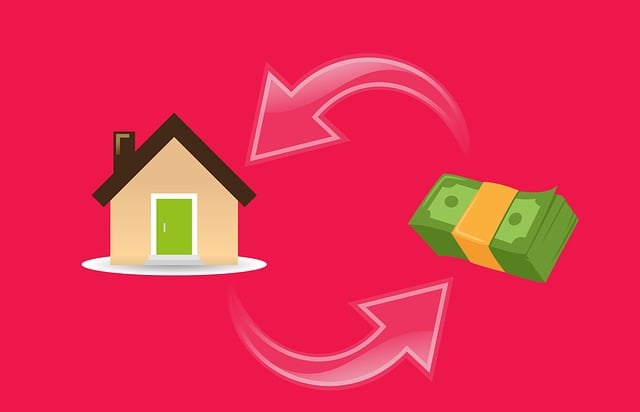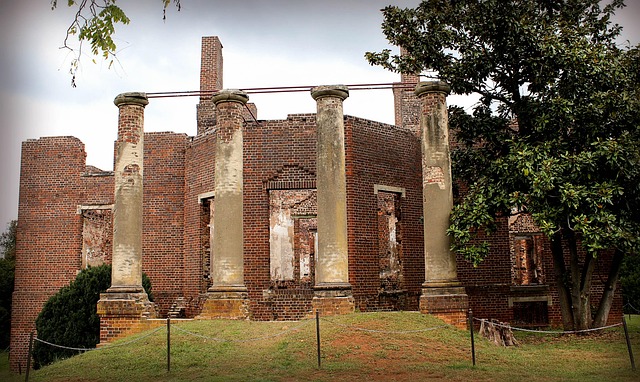Selling a fire-damaged home in California involves understanding the "as-is" sales process, where properties are sold without repairs, appealing to buyers interested in renovation projects. It's crucial to be transparent about damage and comply with local regulations, highlighted through strategic marketing, repairs, and effective communication. Homeowners should conduct detailed inspections, rectify structural issues, and restore aesthetics for optimal market value. Buyers must consider repair costs and have the right to independent inspections, making transparency key for a seamless transaction in California.
“Unsure about selling your fire-damaged home in California? This comprehensive guide is designed to demystify the ‘as-is’ home sales process, specifically tailored to California’s unique market. From understanding what constitutes an as-is sale and assessing property damage, to marketing strategies that attract buyers despite challenges, this article offers a step-by-step approach. Learn how to navigate legal and financial aspects, ensuring a smooth sale for fire-damaged properties in the Golden State. Discover expert tips on ‘how to sell a fire damaged home California’ – start here.”
- Understanding As-Is Home Sales: A Comprehensive Guide
- The California Market: Unique Considerations for Fire-Damaged Properties
- Assessing the Damage: What Makes a Home As-Is?
- Preparing Your Property for Sale: Step-by-Step Process
- Marketing Strategies for Attracting Buyers Despite Damage
- Navigating Legal and Financial Aspects of As-Is Sales in California
Understanding As-Is Home Sales: A Comprehensive Guide

Selling a fire-damaged home in California can seem like a daunting task, but understanding the as-is sales process is a crucial first step. As-is home sales refer to the practice of selling properties ‘as they are,’ without any repairs or renovations. This method is often appealing to buyers seeking opportunities for renovation or those who want to avoid the hassle and costs associated with traditional real estate transactions.
When it comes to fire-damaged properties, California offers a unique avenue for sellers. Many buyers are drawn to the potential for transformation and the cost-effectiveness of these as-is sales. However, it’s essential to be transparent about any damage and comply with local regulations. A comprehensive guide should educate both sellers and buyers on the process, ensuring a smooth transaction while navigating the specific challenges of selling a fire-damaged home in California.
The California Market: Unique Considerations for Fire-Damaged Properties

Selling a fire-damaged home in California presents unique challenges due to the state’s stringent building and safety codes. If a property has sustained significant damage from a fire, it requires careful consideration and a strategic approach to navigate the real estate market effectively. Homeowners must understand that potential buyers will scrutinize the extent of the damage and assess whether repairs are feasible, cost-effective, and in compliance with local regulations.
In California, fire-damaged properties often require specialized assessment and remediation processes before they can be sold. This may involve structural repairs, rebuilding efforts, and ensuring the property meets safety standards. Homeowners should consult with professionals experienced in handling such cases to understand the necessary steps, potential costs, and market value adjustments. Knowing how to navigate these complexities is crucial for a successful sale, providing transparency to buyers while showcasing the property’s potential for restoration and new beginnings.
Assessing the Damage: What Makes a Home As-Is?

When considering how to sell a fire-damaged home in California, understanding what constitutes an “as-is” sale is crucial. In this context, “as-is” refers to properties sold in their current state, with the buyer accepting the existing conditions, including any visible or hidden damage from fires or other disasters. This means assessing and agreeing upon repairs that will be made by the seller versus those left for the buyer’s post-purchase responsibility.
In California, fire-damaged homes often present unique challenges during as-is sales. Assessments should include a thorough inspection to identify structural integrity issues, water damage, smoke or soot residue, and potential mold growth resulting from the fire. These factors significantly influence the home’s value and may require specialized remediation efforts before reselling. Buyers considering an as-is purchase in such cases need to be prepared for potential costs associated with these repairs and rehabilitation processes.
Preparing Your Property for Sale: Step-by-Step Process

Preparing your property for sale, especially after a fire damage in California, involves a meticulous process that can significantly impact the final sale price and buyer interest. The first step is conducting a thorough inspection to identify any remaining structural issues or safety hazards from the fire. It’s crucial to address these problems promptly; repairs not only enhance the property’s value but also ensure the safety of prospective buyers.
Once the safety concerns are mitigated, focus on aesthetic restoration. Begin with deep cleaning to remove any smoke and soot residue. Consider repainting walls in neutral colors to create a fresh, inviting space. Replace or repair damaged fixtures, appliances, and flooring to present your home in its best light. Finally, stage your home effectively by decluttering, rearranging furniture for optimal flow, and enhancing curb appeal with landscaping or new outdoor decor.
Marketing Strategies for Attracting Buyers Despite Damage

Selling a fire-damaged home in California can be challenging, but with the right marketing strategies, it’s possible to attract buyers and secure a successful sale. The first step is to assess the extent of the damage and prioritize repairs that will have the most significant impact on potential purchasers. Concentrate on making necessary safety upgrades and restoring accessibility throughout the property.
Once the essential repairs are completed, focus your marketing efforts on highlighting the home’s unique features, such as its layout, natural light, or any recent renovations before the fire. Utilize high-quality photography and virtual tours to showcase the property in the best possible light. Emphasize the potential for buyers to create new memories in a safe and well-restored space. Additionally, consider offering transparent communication about the fire’s history as a way to build trust with prospective buyers.
Navigating Legal and Financial Aspects of As-Is Sales in California

Selling a fire-damaged home in California involves navigating specific legal and financial considerations unique to this state. The first step for homeowners is to understand the scope of their obligations regarding disclosure. In California, sellers are required to disclose any known defects or damage that could impact a buyer’s decision, including fire damage. This includes providing details about the extent of the damage, previous repairs, and whether there were any structural issues or hazardous materials present. Failure to disclose such information accurately can lead to legal consequences.
From a financial perspective, as-is sales often involve negotiation on prices due to the repair costs associated with fire damage. Homeowners should obtain accurate estimates for necessary repairs from qualified contractors before putting their property on the market. This process helps set realistic expectations and allows buyers to assess whether they are willing to take on the financial burden of renovation. Additionally, buyers in California have specific protections, such as the right to conduct an independent inspection, so being transparent about the home’s condition is crucial for a smooth transaction.
Selling a fire-damaged home in California can be a complex process, but with the right understanding and strategies, it’s feasible. By navigating the unique market considerations, assessing damage accurately, preparing your property, employing effective marketing, and adhering to legal guidelines, you can successfully navigate an as-is sale. Remember, while challenges exist, there are resources and steps available to help you transform a damaged home into a desirable sale.






